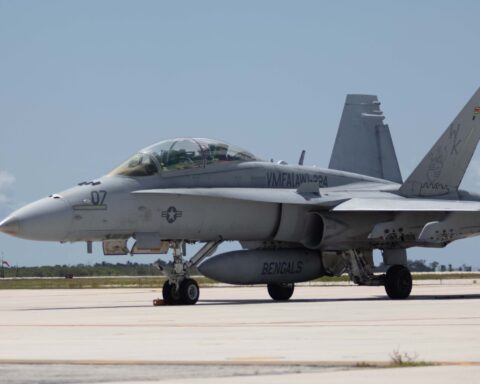
UPDATED: Marines Identify Pilot Killed in F/A-18D Hornet Crash
The Marines have identified the pilot who was killed in a F/A-18D Hornet that crashed in Southern California.…
Copyright 2024 U.S. Naval Institute. All Rights Reserved.